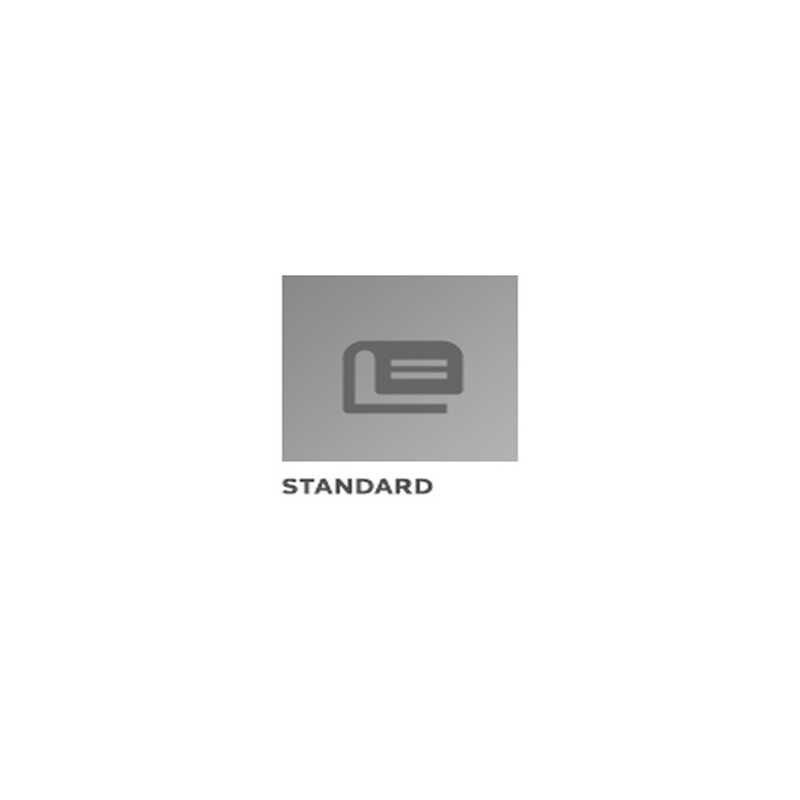Description / Abstract:
The sheet, rods and tubes covered by this specification are
intended for use in applications where transparency, color range,
weather resistance and other characteristics of cast acrylic shapes
are required. Type I material is intended for use where the
ultraviolet light absorbing properties specified in tables I or II,
as applicable, are required. Type II material is intended for use
where the ultraviolet light absorbing properties, specified for
type I material, are not required. Type I and II sheet are not
intended for use in aircraft glazing or other applications
requiring consistently high optical quality. Type III sheet is
intended for use in applications requiring good optical quality,
cleanability or serviceability under adverse environmental
conditions. Applications include diffusing lighting shields, window
glazing, card holders, chart covers, edge lighted signs, surgical
instrument handles and parts, safety shielding and transparent
models. Type III sheet is not readily cemented using conventional
cements for acrylic resins. The coating can be removed by sanding
or buffing the areas to be cemented. Continuous cast sheet have
better thermoformability then cell cast sheet, and the continuous
cast process is less expensive. However, it should be cautioned
that, if the continuous cast sheet are to be used in forming
applications, frequently adjusting (temperature, pressure, time of
forming cycle, etc.) of the forming machinery may be required and
this could offset any savings. Due to the continuous mixing, the
uniformity of blend for the continuous cast sheet may be less
consistant than that of the cell cast sheet which is cast from a
premixed batch. Also due to the ripple effects (waves) the
continuous cast sheet may be marginal in use for applications such
as optical windows.


